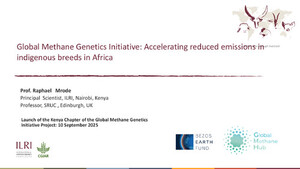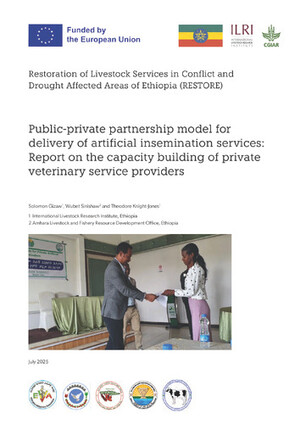
Public-private partnerships – what are the benefits to ACGG?
How is ACGG using public-private partnerships to its advantage?
ACGG has been strategically designed to foster public-private partnerships (PPPs). PPPs are at the foundation of ACGG’s strategy to catalyze a sustainable platform for the identification, multiplication, and delivery of more productive, farmer-preferred chicken strains. ACGG will provide evidence that will inform and promote investments in the smallholder chicken value chains and catalyze the formation of public-private partnerships that are needed to transform the chicken value chains in Ethiopia, Tanzania, and Nigeria.
The aim?
To create a functioning, multi-country network of public-private partnerships for long-term chicken genetic improvement and smallholder access to improved chicken genetics. This network of ILRI, national agriculture research systems, and the private sector will contribute to improved access to modern tools to drive accelerated genetic gains and to deliver more productive, farmer-preferred chicken breeds. To reach these goals of continual improvement and improved access, ACGG is currently working with private sector companies to brood, hatch, and/or test selected strains in each of the project countries.The development of ongoing relationships with the private sector is absolutely vital to ensure the quality, sustainability, and impact of this research platform. Ultimately, the long-term viability of ACGG is dependent upon local ownership and capacity, and therefore, ACGG is committed to promoting and nurturing synergies between the public sector and private sector actors in the smallholder chicken value chain in sub-Saharan Africa.
But what are the real benefits of PPPs?
- Introducing private sector technology and innovation to provide a better service through improved operational efficiency.
- Enhanced efficiency in the supply chain.
- Using PPPs as a way of gradually exposing state owned enterprises and government to increasing levels of private sector participation and structuring PPPs in a way so as to ensure transfer of skills.
- Supplementing limited public sector capacities.
- Extracting long-term value for money through appropriate risk transfer to the private sector over the life of the project – including design, construction and operations, etc…
(World Bank, 2015)
And what about the benefits to the private sector?
- Increased opportunity to be heard in international policy.
- Enhanced dialogue with governments and an opportunity to contribute to the development of national planning frameworks.
- An environment that is more conducive to private sector responsible and productive investments.
- Creation of level-playing fields that would enable fairer competition and a more stable business environment.
(FAO, 2013)

















